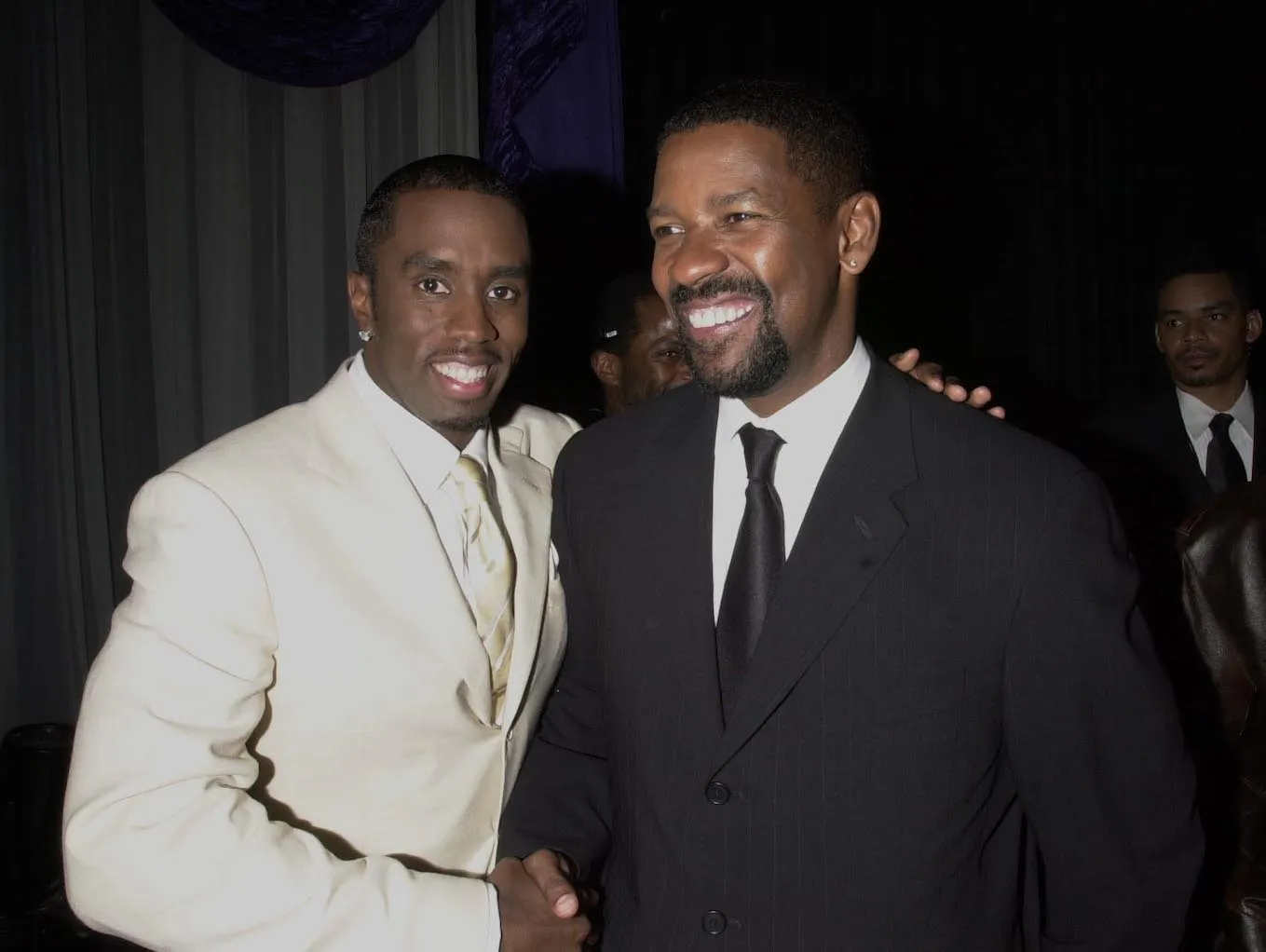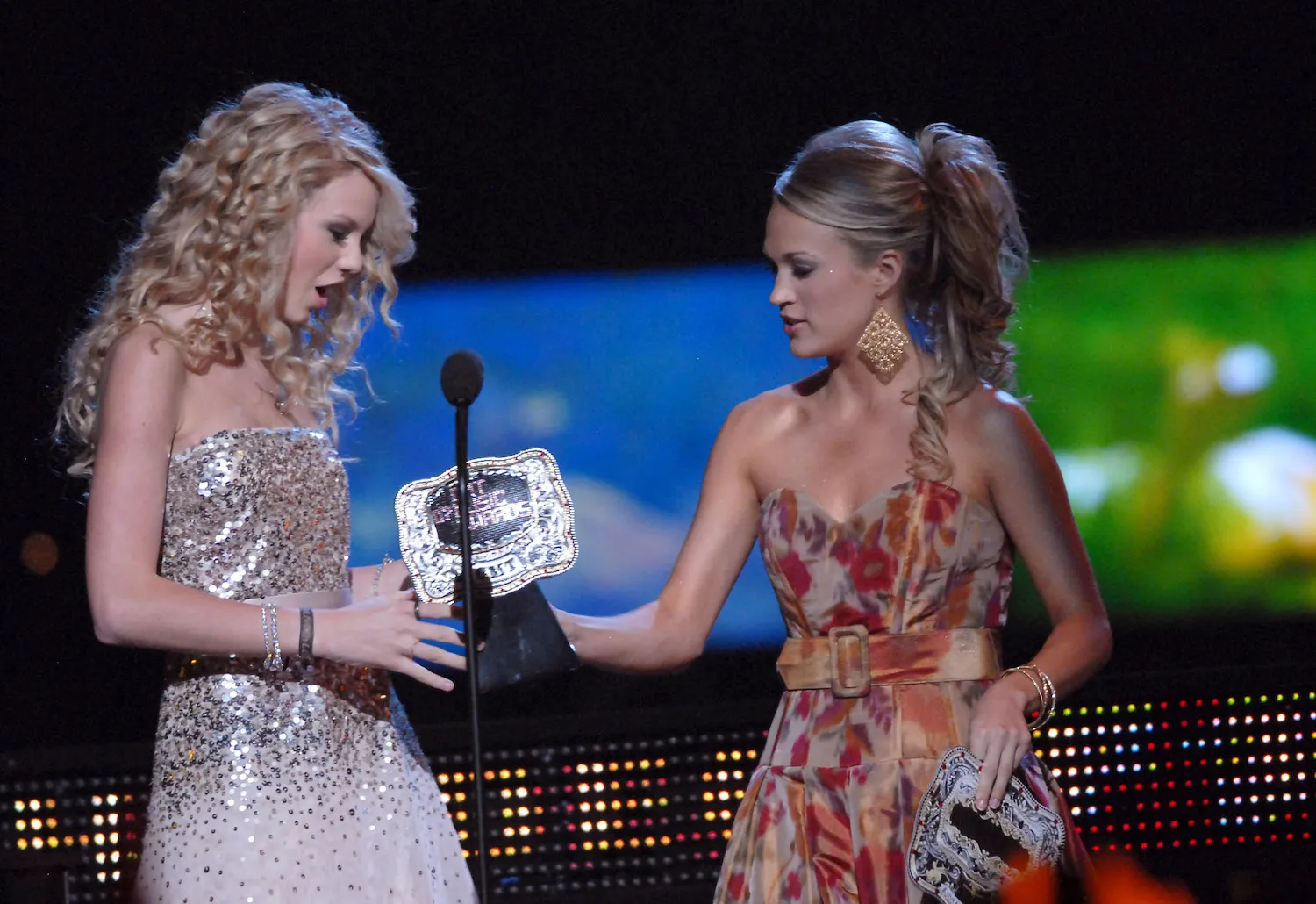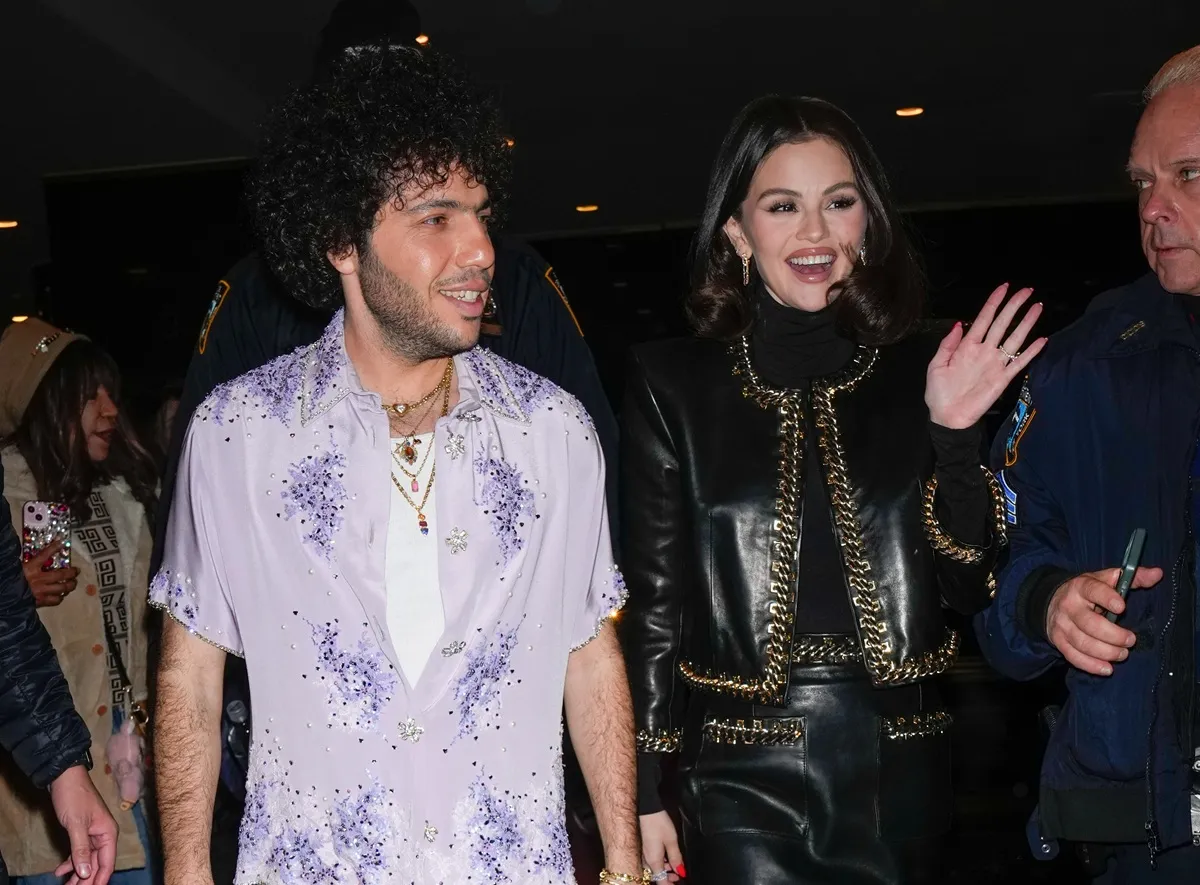The Impact that Queen Victoria’s Royal Wedding Had on the World
Prince William and Kate Middleton’s royal wedding in 2011 was dubbed “The Wedding of the Century.” It was another huge event for the royal family when Prince Harry and Meghan Markle got married in 2018. Royal weddings are talked about and watched from around the world. Fans thrill over luxurious details like the couple riding in a horse-drawn carriage–which is actually a royal tradition. These long-standing traditions have influenced the way people all across the world celebrate their nuptials. Sure, we don’t all have the cash for a carriage, but most Western women still choose white for their wedding day. That’s another tradition that started with the royals; the popularity of the white wedding dress actually all began with a royal wedding in 1840. When Queen Victoria married her cousin, Prince Albert, the details of her wedding were spread–and imitated–around the globe.
The royal wedding with the most impact was not Meghan Markle and Prince Harry’s or Prince William and Kate Middleton’s
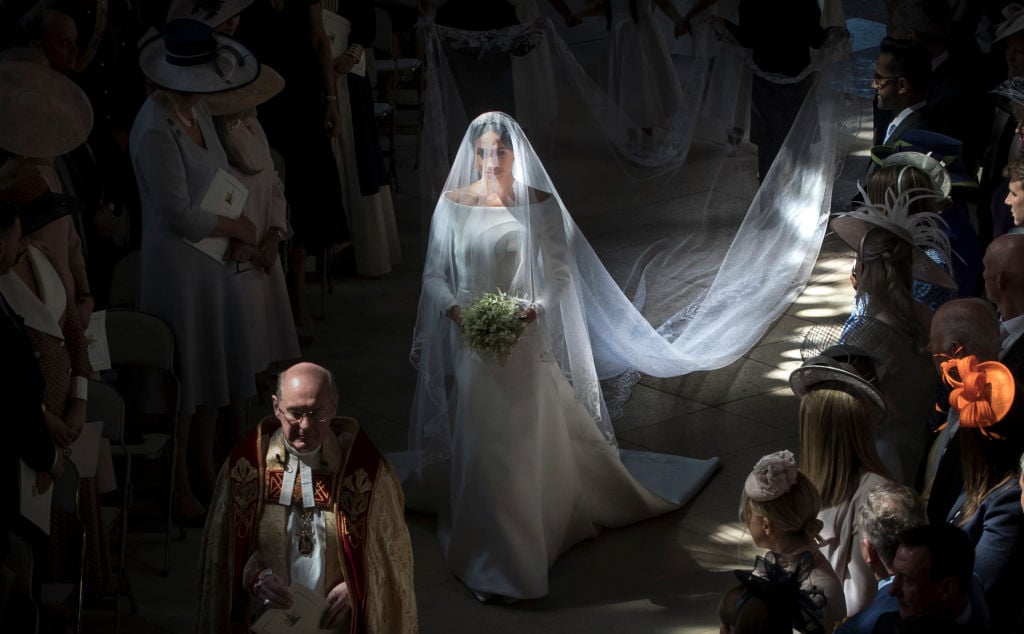
How did Queen Victoria’s wedding have so much influence? According to Jia Tolentino, the author of Trick Mirror, a book of essays, the ceremony “was not photographed.” (The technology didn’t exist yet.) However, the couple sat for “reenactment wedding portraits” fourteen years later.
Not to mention, “British newspapers provided lengthy descriptions” of the royal wedding, such as “Victoria’s wedding crinolines, her stain slippers, her sapphire brooch, her golden carriage, and her three-hundred-pound wedding cake.”
Most discussed was her gorgeous, unique dress.
“Victoria’s lace pattern was said to have been destroyed after work was completed on Victoria’s gown so that the intricate template could not be copied,” Vanity Fair reported.
Before Queen Victoria’s royal wedding, not many women donned white on their big day
“The vast majority of women in history have gotten married in front of a handful of people, with no reception, in colored dresses that they had worn before and would wear again,” Tolentino writes in Trick Mirror.
In “ancient Greece,” she continues; “wealthy brides wore violet or red.” During the Renaissance, European brides preferred blue.
“In nineteenth-century France and England, lower-class and middle-class women got married in black silk,” Tolentino writes.
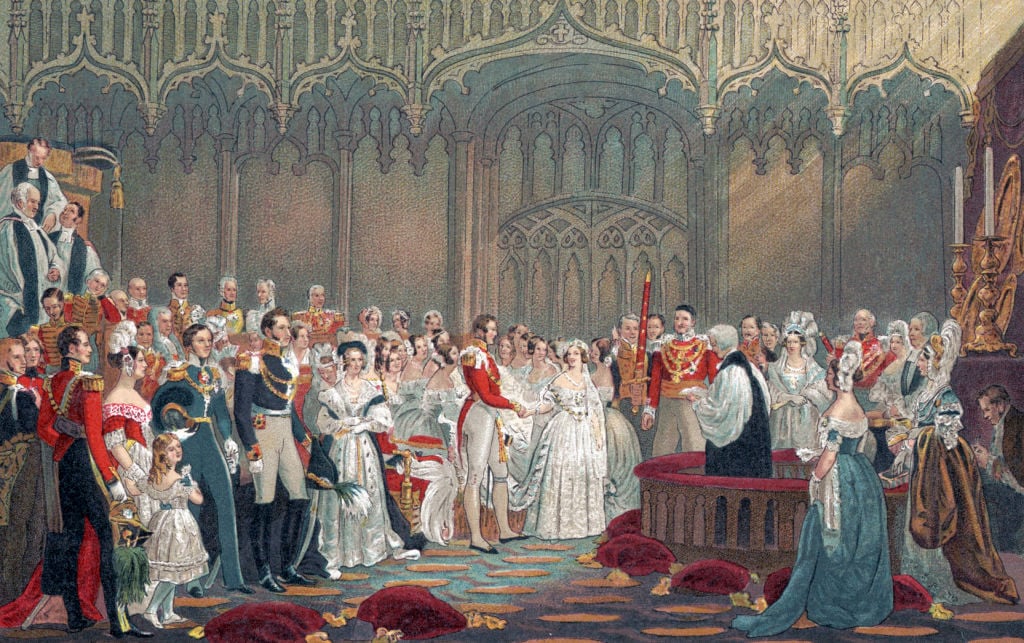
As Vanity Fair confirms, some women wore white dresses before the queen did, but it wasn’t a tradition–or even common. “The color was seen as an indicator of wealth—denoting that the bride’s family could afford to have the dress cleaned.”
It was the British royal family who set a new trend.
“The white wedding dress didn’t become popular until 1840, when twenty-year-old Queen Victoria married Prince Albert … in a formal white gown trimmed with orange blossoms,” Tolentino explains.
How Queen Victoria’s royal wedding and white dress changed the world
A big part of the reason the white dress trend spread so quickly (and became a “new” tradition)? Propaganda and ad campaigns. Tolentino writes:
Very soon after Queen Victoria’s wedding, her nuptial decisions were being enshrined as long-standing tradition. In 1849, Godey’s Lady Book wrote, ‘Custom has decided, from the earliest age, that white is the most fitting hue [for brides], whatever be the material.’
The upper class, of course, wanted to have a wedding like Victoria’s.
So, in “copying their queen,” wealthy Victorian women “solidified a wedding template,” Tolentino writes. You’ll recognize the template: “formal invitations, a processional entrance, flowers and music.”
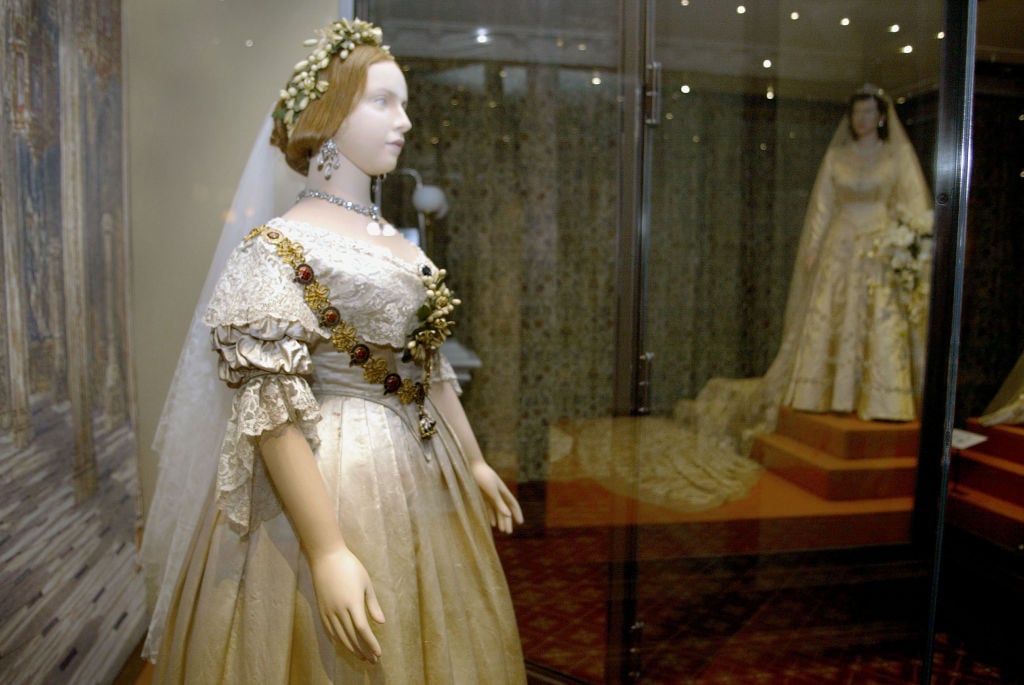
Of course, wedding businesses popped up to feed the new demand, “exclusively to selling wedding accessories and decor.”
This helped it spread to the middle class, who always want to do what the rich are doing.
“As middle-class women attempted to create an impression of elite social standing through their weddings, white dresses became more important,” Tolentino explains in Trick Mirror.
In 1989, Holly Brubach argued in the New Yorker that the transformation of weddings after Queen Victoria’s royal nuptials turned the wedding into “a sort of Everman’s coronation.”
Tolentino agrees: “for a day, you could purchase this lifestyle, even if you weren’t actually upper-class.”

